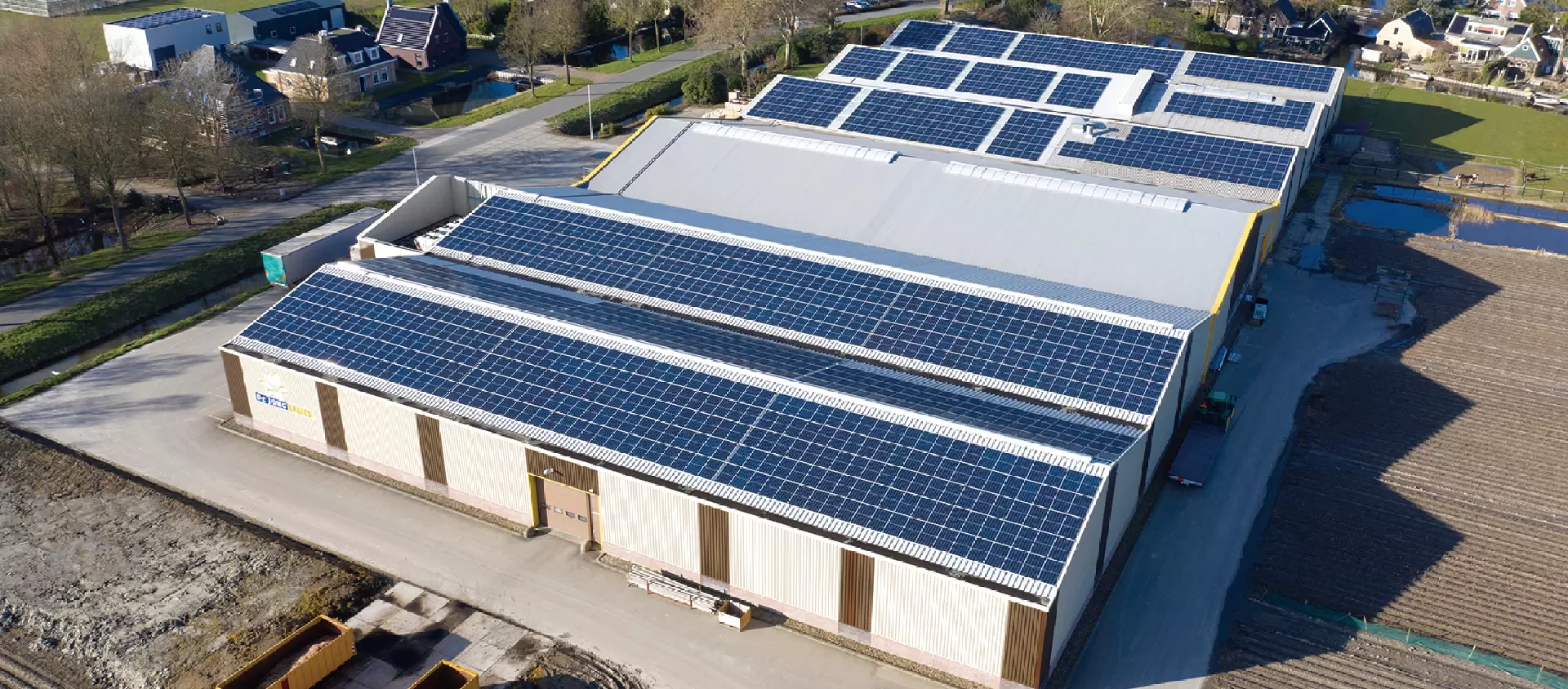In the realm of energy management, the drive for improved efficiency and sustainability has never been stronger. Among the various technological advancements, the SLENERGY 3-phase commercial and industrial (C&I) hybrid inverter stands out as a pivotal innovation. This versatile device not only enhances energy utilization but also offers a multitude of advantages across diverse applications.

What is a 3-Phase C&I Hybrid Inverter?
A 3-phase C&I hybrid inverter is a sophisticated device that converts direct current (DC) from renewable energy sources, such as solar panels, into alternating current (AC) suitable for commercial and industrial applications. Unlike traditional inverters, hybrid inverters can manage multiple energy sources, including grid power, battery storage, and renewable energy, allowing for greater flexibility and efficiency.
Advantages of 3-Phase C&I Hybrid Inverters
1. Enhanced Energy Efficiency
One of the primary advantages of 3-phase C&I hybrid inverters is their ability to optimize energy consumption. By intelligently managing energy sources, these inverters can reduce reliance on grid power, leading to significant cost savings. They can store excess energy generated during peak production times and release it during high-demand periods, ensuring a continuous power supply while minimizing energy waste.
2. Integration of Renewable Energy Sources
3-phase C&I hybrid inverters facilitate the seamless integration of renewable energy sources into existing energy systems. This capability is crucial for businesses aiming to reduce their carbon footprint and transition to greener energy solutions. By harnessing solar, wind, or other renewable sources, companies can achieve greater energy independence and sustainability.
3. Improved Power Quality
These inverters are designed to enhance power quality by providing stable voltage and frequency levels. This is particularly important for industrial applications where equipment sensitivity to power fluctuations can lead to operational inefficiencies or damage. By ensuring a consistent power supply, 3-phase C&I hybrid inverters help maintain the integrity of industrial processes.
4. Scalability and Flexibility
3-phase C&I hybrid inverters are highly scalable, making them suitable for a wide range of applications, from small businesses to large industrial facilities. Their modular design allows for easy expansion as energy needs grow, providing businesses with the flexibility to adapt to changing energy demands without significant infrastructure overhauls.
5. Cost Savings
Investing in a 3-phase C&I hybrid inverter can lead to substantial cost savings over time. By reducing energy bills through optimized energy usage and minimizing reliance on peak grid power, businesses can achieve a quicker return on investment. Additionally, many governments offer incentives and rebates for adopting renewable energy technologies, further enhancing the financial benefits.
Applications of 3-Phase C&I Hybrid Inverters
1. Manufacturing Facilities
Manufacturing facilities often have high energy demands and can benefit significantly from 3-phase C&I hybrid inverters. By integrating renewable energy sources and optimizing energy usage, these facilities can reduce operational costs and enhance sustainability. Furthermore, the improved power quality ensures that sensitive machinery operates efficiently.
2. Commercial Buildings
In commercial buildings, 3-phase C&I hybrid inverters can help manage energy consumption effectively. By utilizing solar energy during the day and drawing from battery storage during peak hours, businesses can lower their energy costs and improve their overall energy efficiency. This is particularly beneficial for retail establishments that experience fluctuating energy demands.
3. Data Centers
Data centers are notorious for their high energy consumption. Implementing 3-phase C&I hybrid inverters allows these facilities to harness renewable energy while maintaining a stable power supply. The ability to store energy and manage multiple sources ensures that data centers can operate efficiently without interruptions, which is critical for maintaining service reliability.
4. Agricultural Operations
Agricultural operations can also leverage 3-phase C&I hybrid inverters to enhance energy efficiency. By integrating solar panels and battery storage, farms can power irrigation systems, greenhouses, and other equipment sustainably. This not only reduces energy costs but also supports environmentally friendly farming practices.
Conclusion
The adoption of 3-phase C&I hybrid inverters presents a significant opportunity for businesses to improve energy efficiency, reduce costs, and integrate renewable energy sources. With their numerous advantages and diverse applications, these inverters are poised to play a crucial role in the transition towards a more sustainable energy future. As industries continue to seek innovative solutions to meet their energy needs, SLENERGY 3-phase C&I hybrid inverters will undoubtedly be at the forefront of this transformation.
